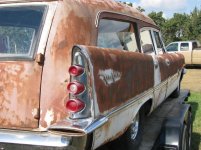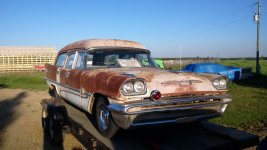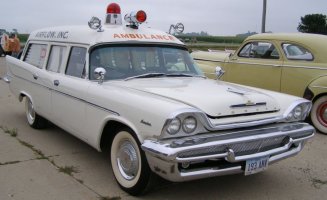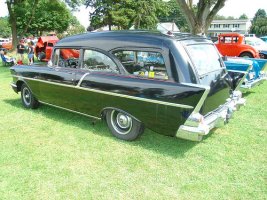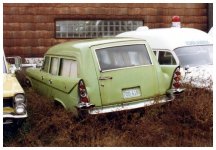Hi All,
I finally had some time to take some pictures of my DeSoto Civil Defense Ambulance...says a lot, as I've had it home for over a month now, and it's still on the trailer!
Anyway, I was originally told that it was converted by Henny. I quickly was told by others in the know that it wasn't. Another company that was suggested was Weller. But upon buying the wonderful book about Weller Brothers, I'm pretty sure this one isn't done by them, as it wouldn't be up to their standards...
So, two other companies suggested were Economy Coach, and Comet. Comet seems to be a distinct possibility, as they did DeSoto and Chrysler conversion in 57 thru 59. Any ideas?
I've taken many detail pictures, in hopes that somebody can help.
The back door uses a GM door handle. and the latch mechanism and catch are both identical to my '58 Cadillac.
The car has A/C, but it isn't a factory set-up, according to the trim tag...still it looks like it was installed professionally.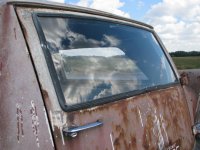
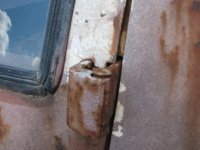
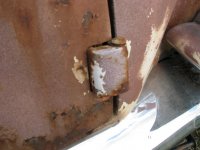
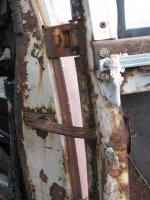
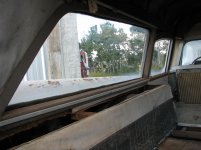
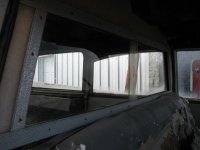
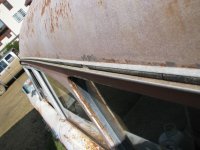
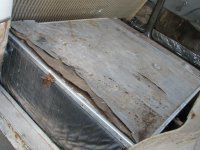
I finally had some time to take some pictures of my DeSoto Civil Defense Ambulance...says a lot, as I've had it home for over a month now, and it's still on the trailer!
Anyway, I was originally told that it was converted by Henny. I quickly was told by others in the know that it wasn't. Another company that was suggested was Weller. But upon buying the wonderful book about Weller Brothers, I'm pretty sure this one isn't done by them, as it wouldn't be up to their standards...
So, two other companies suggested were Economy Coach, and Comet. Comet seems to be a distinct possibility, as they did DeSoto and Chrysler conversion in 57 thru 59. Any ideas?
I've taken many detail pictures, in hopes that somebody can help.
The back door uses a GM door handle. and the latch mechanism and catch are both identical to my '58 Cadillac.
The car has A/C, but it isn't a factory set-up, according to the trim tag...still it looks like it was installed professionally.










